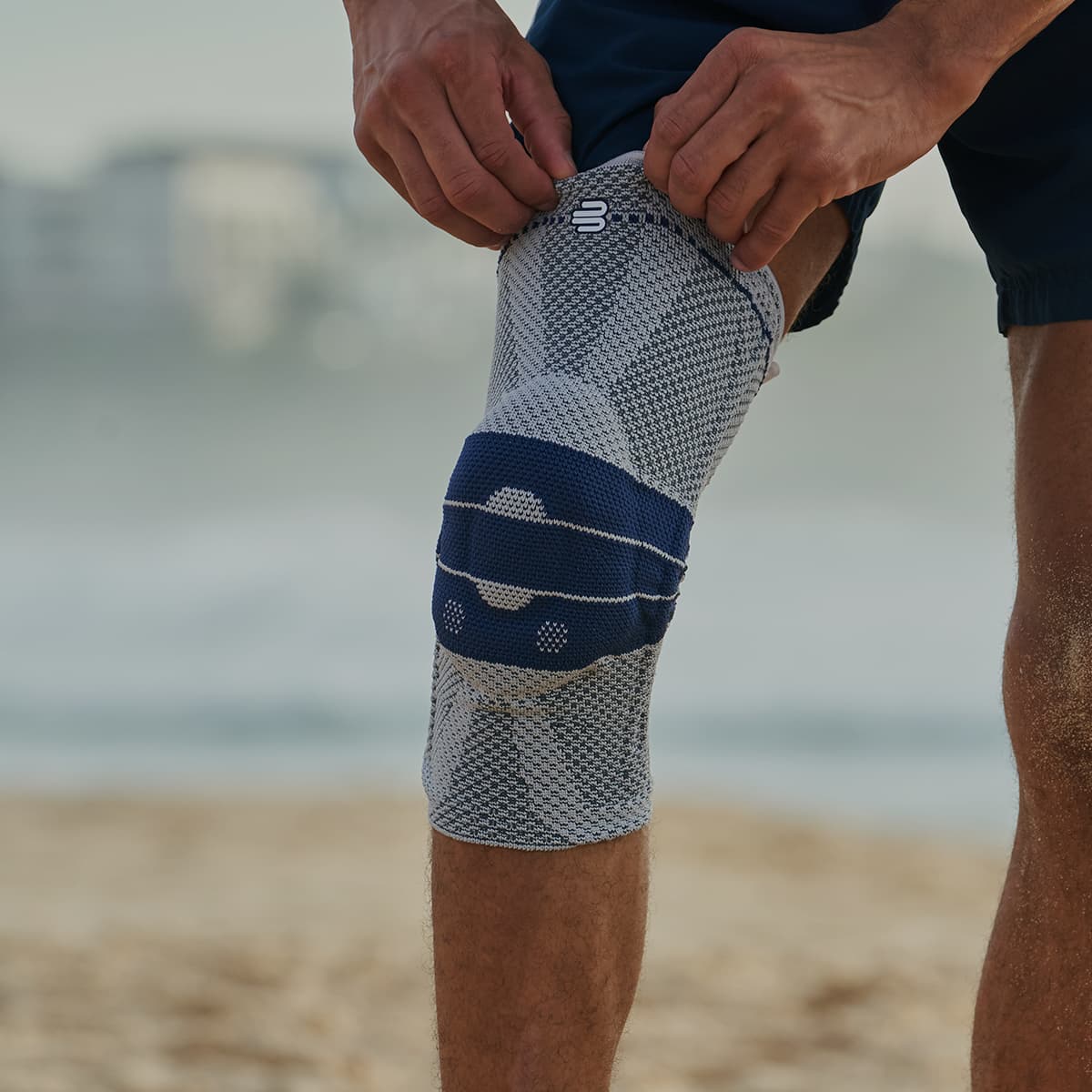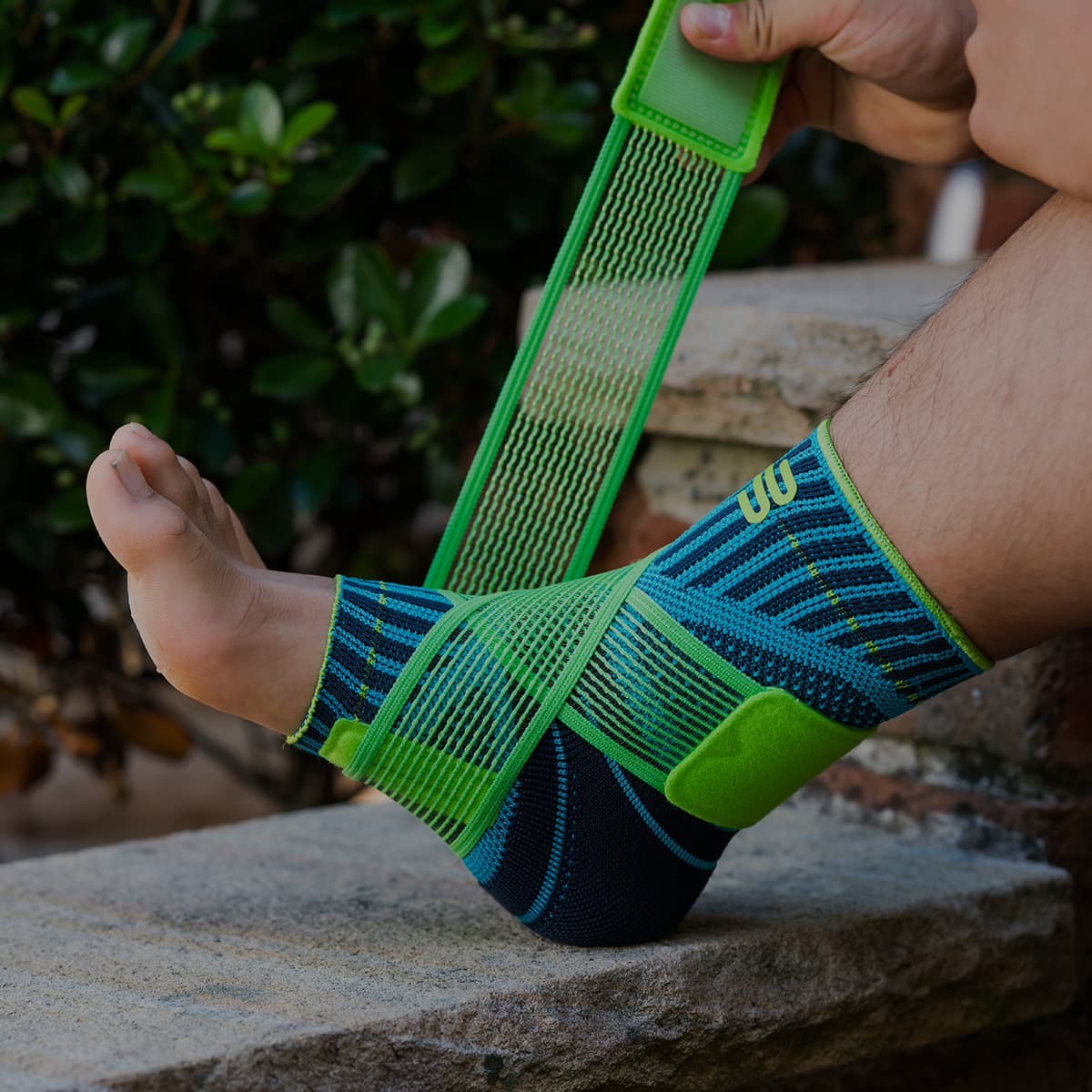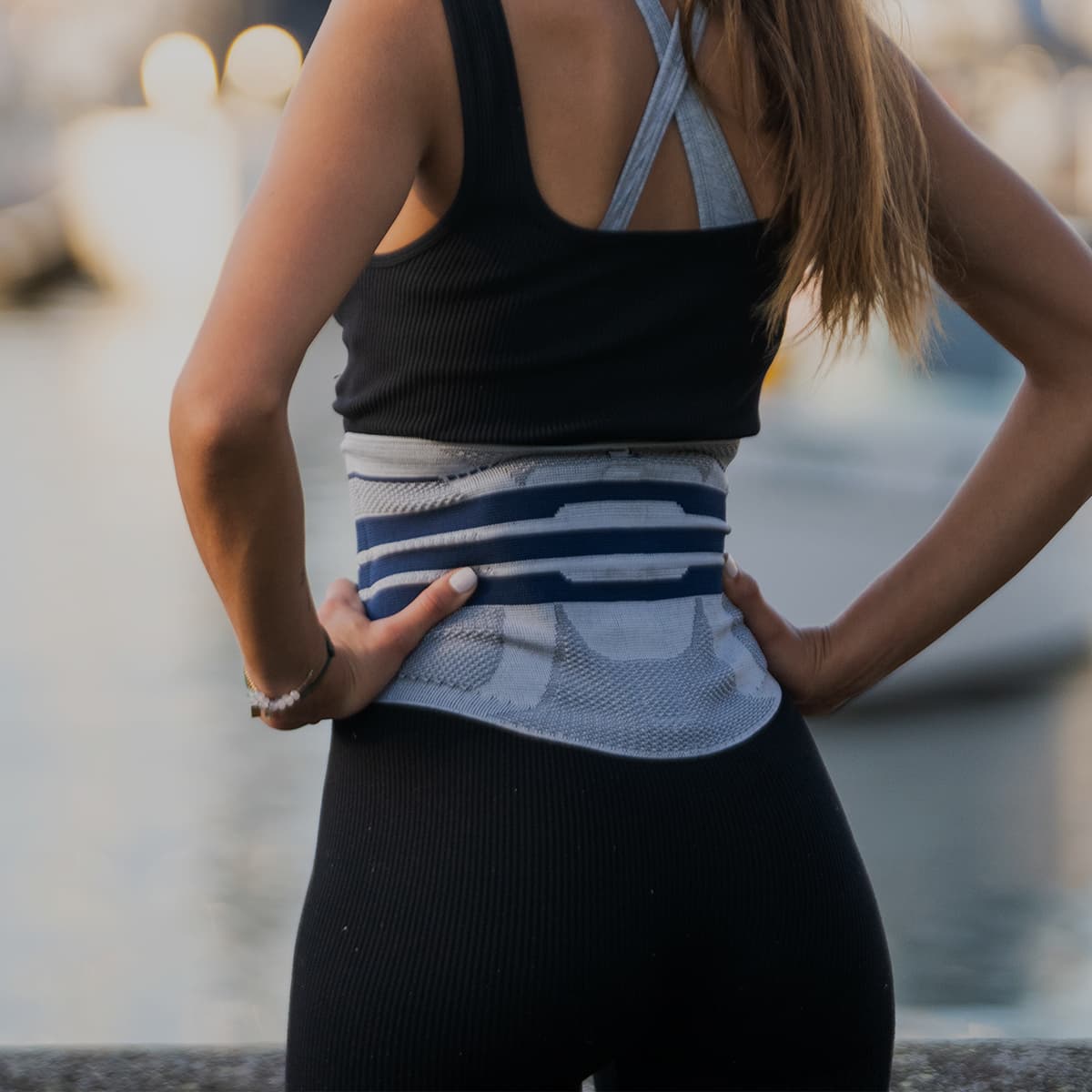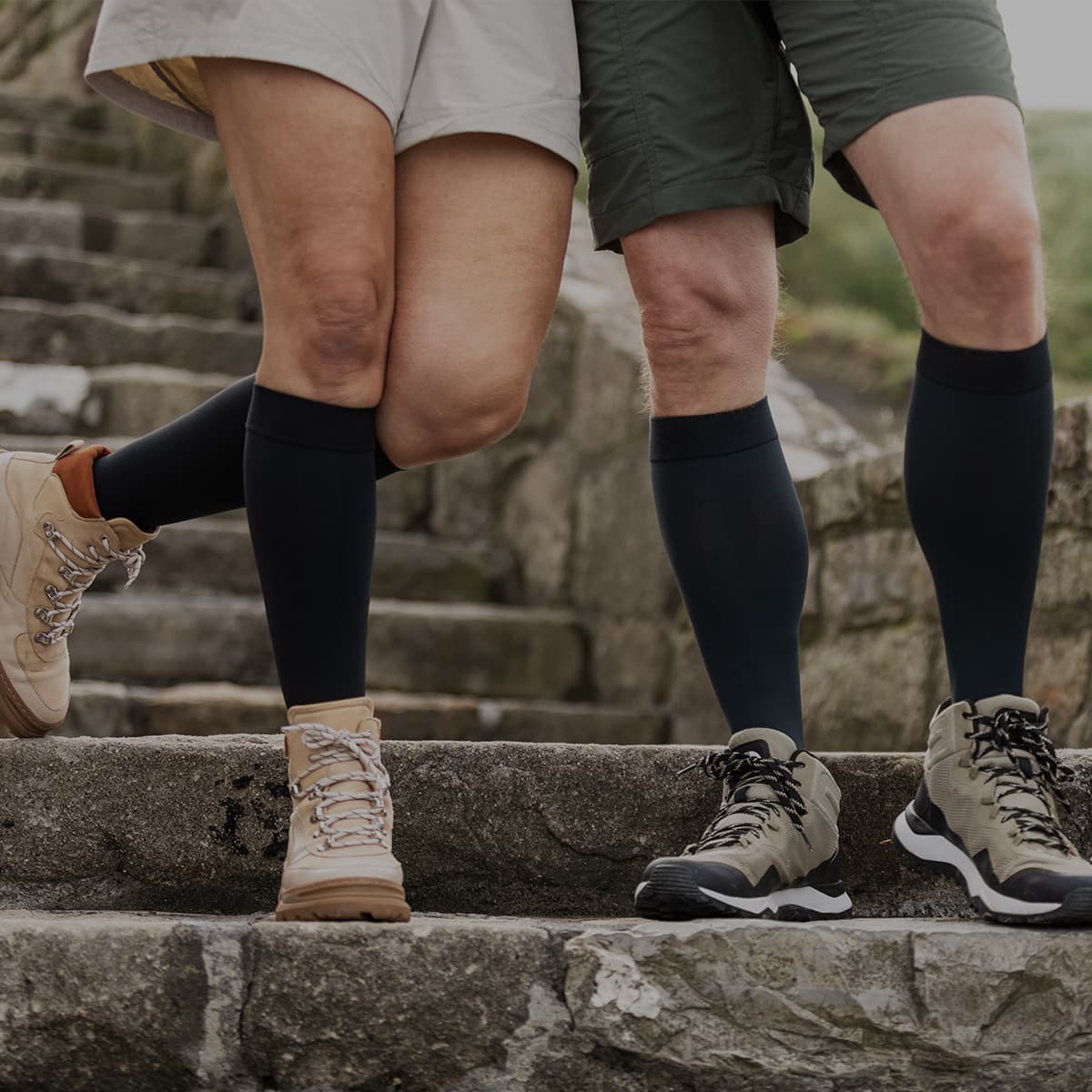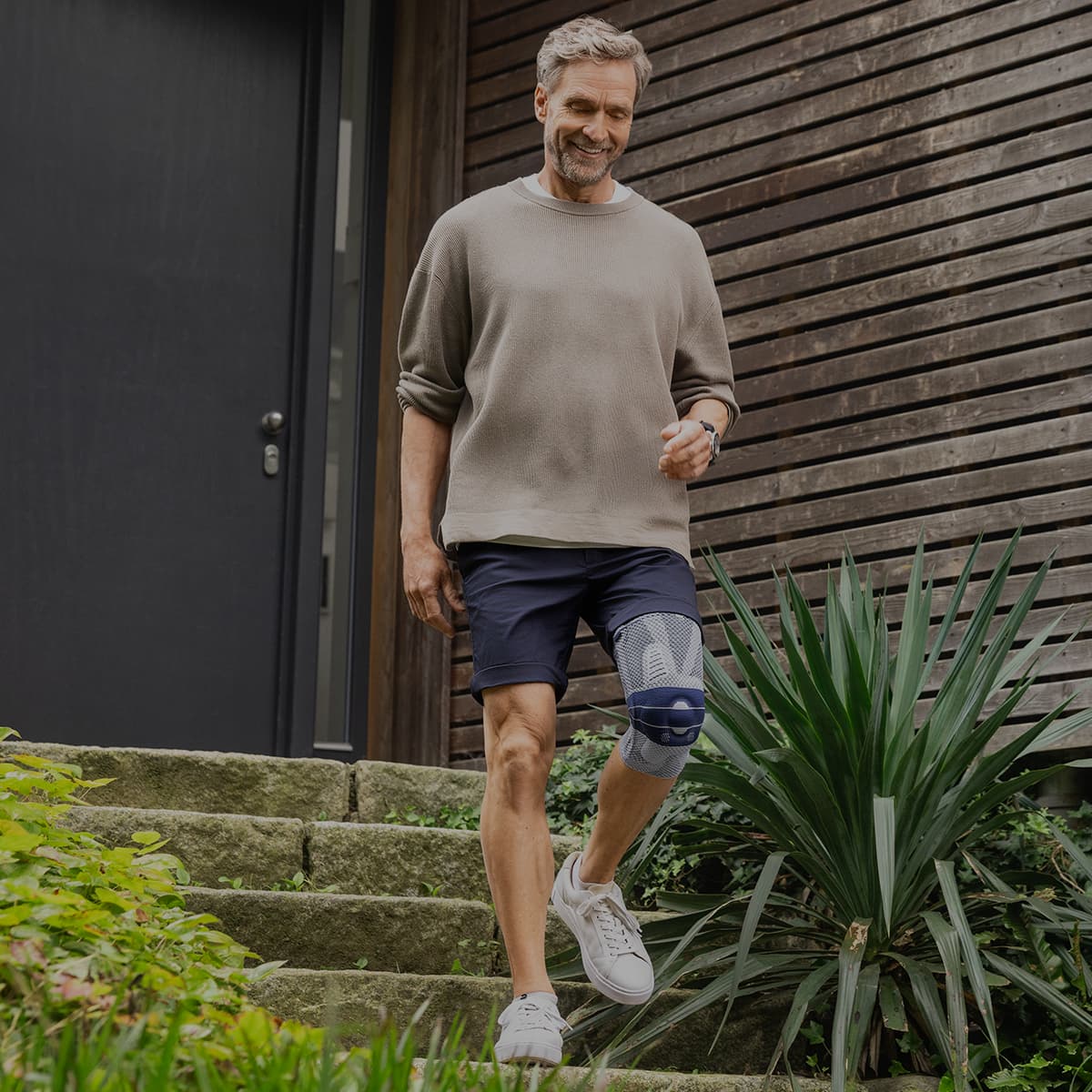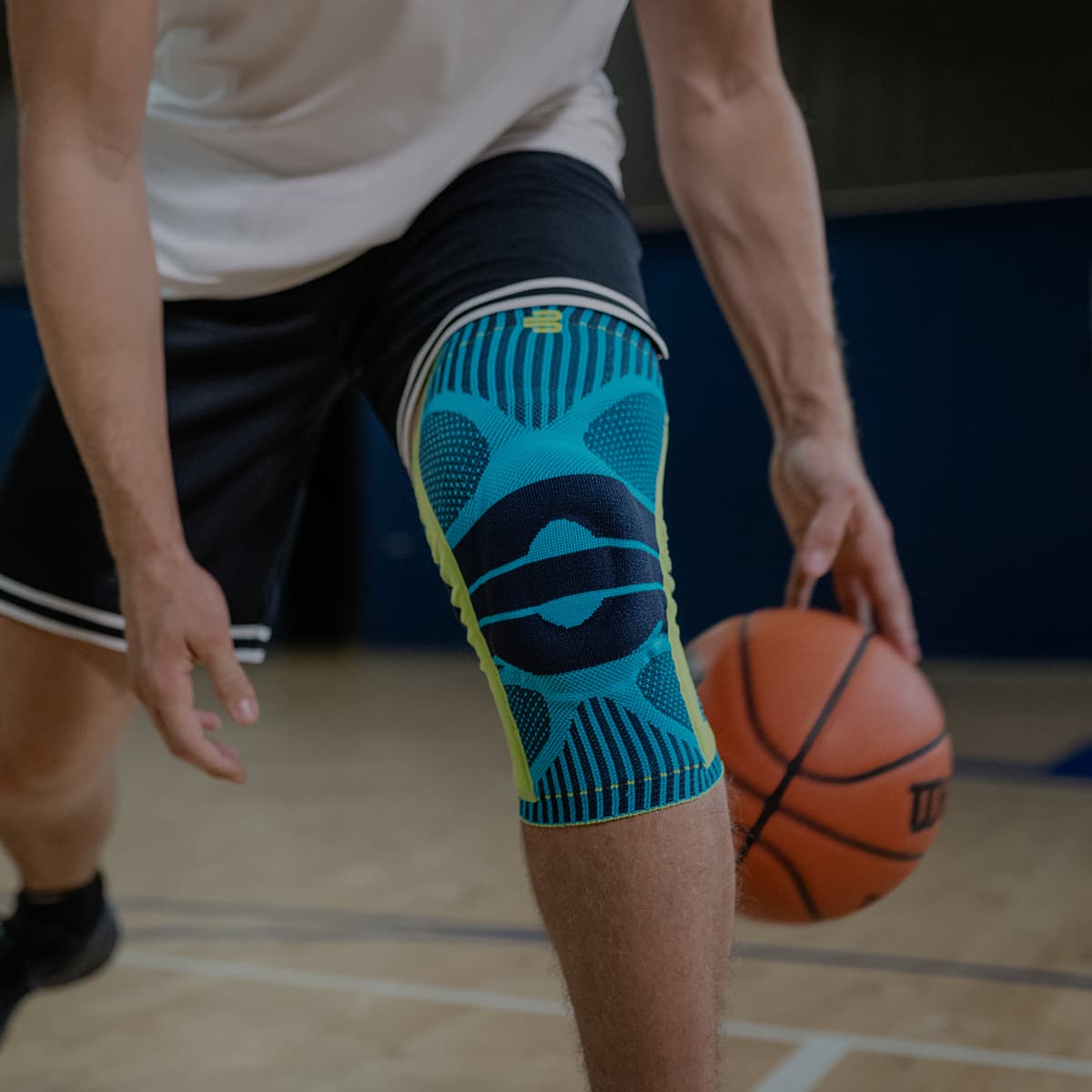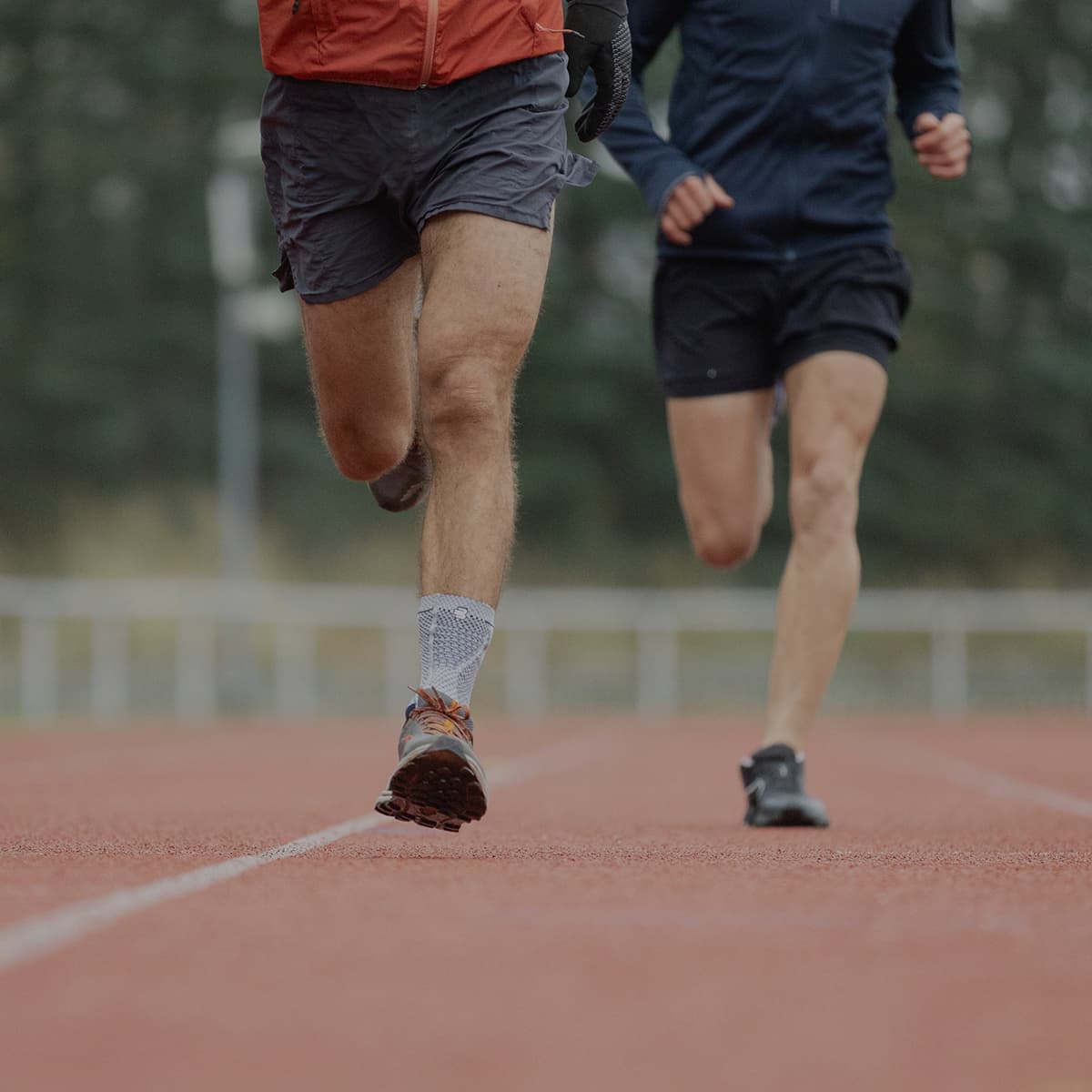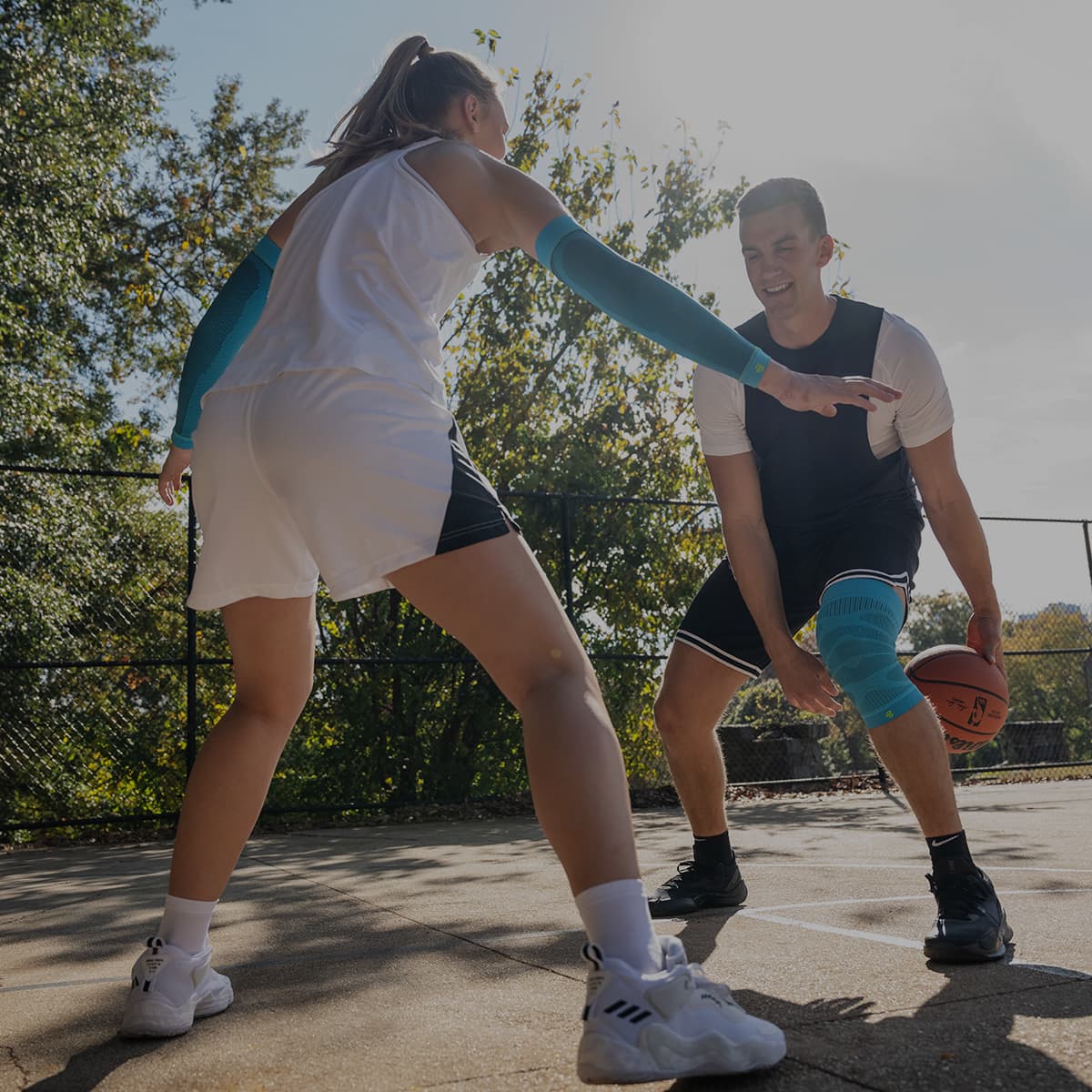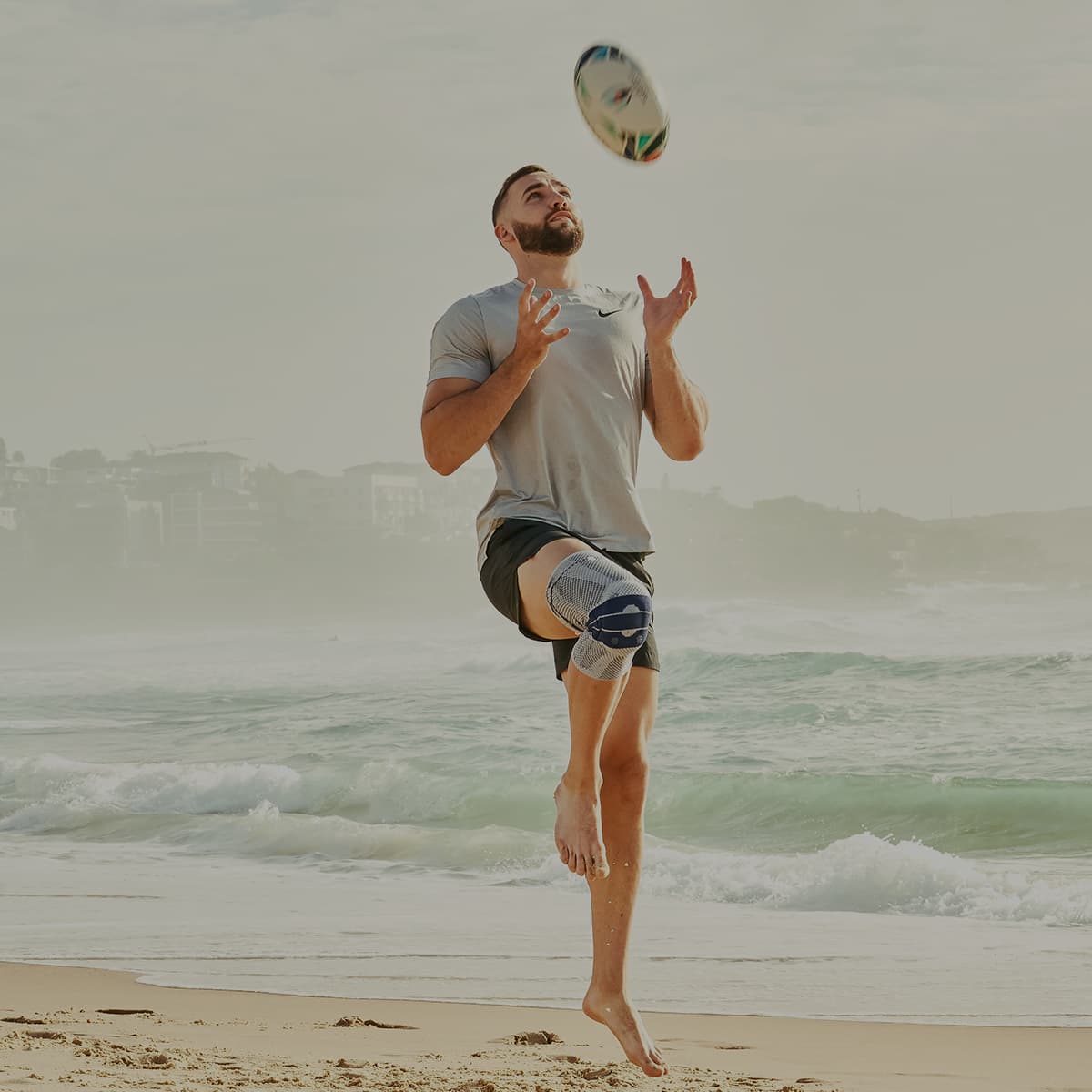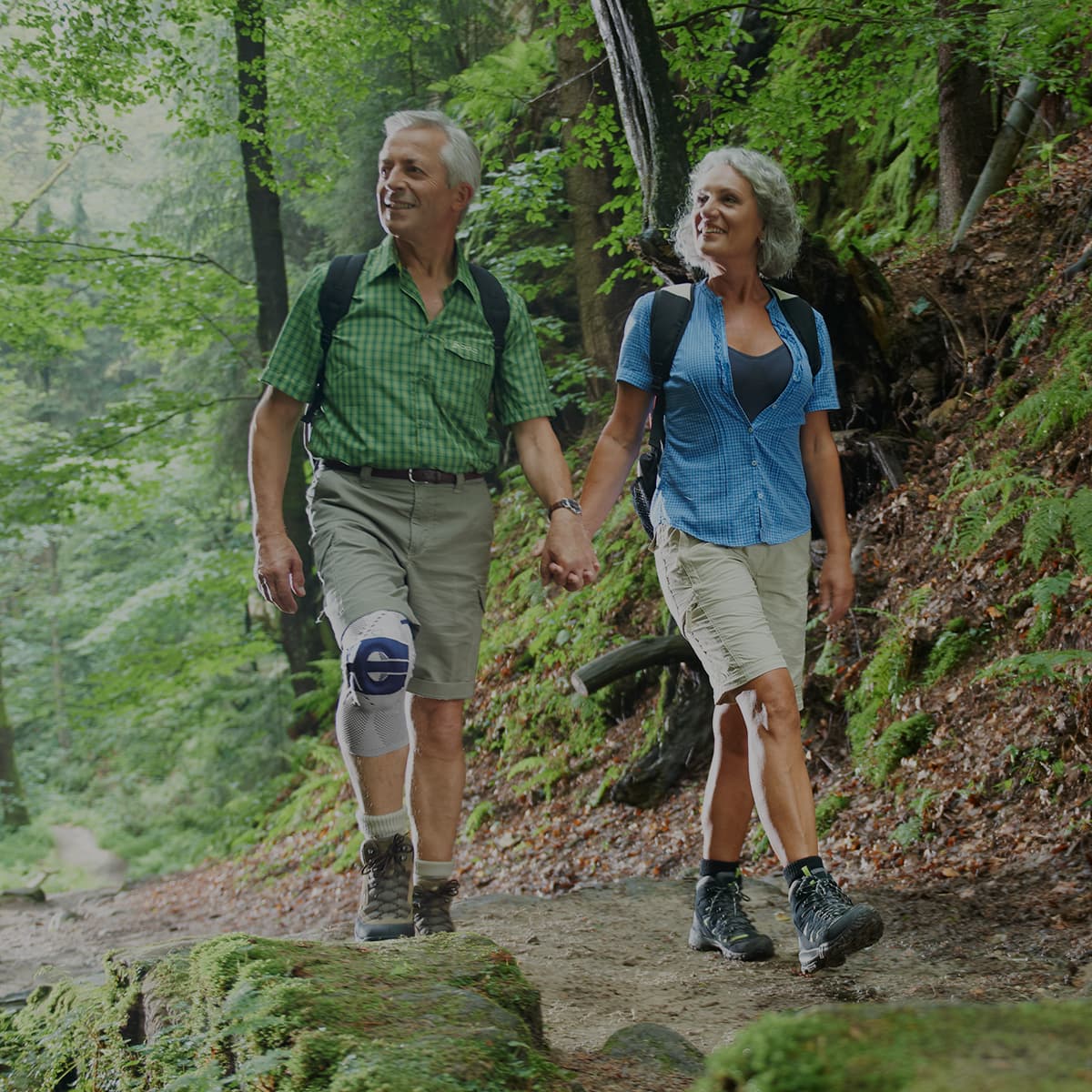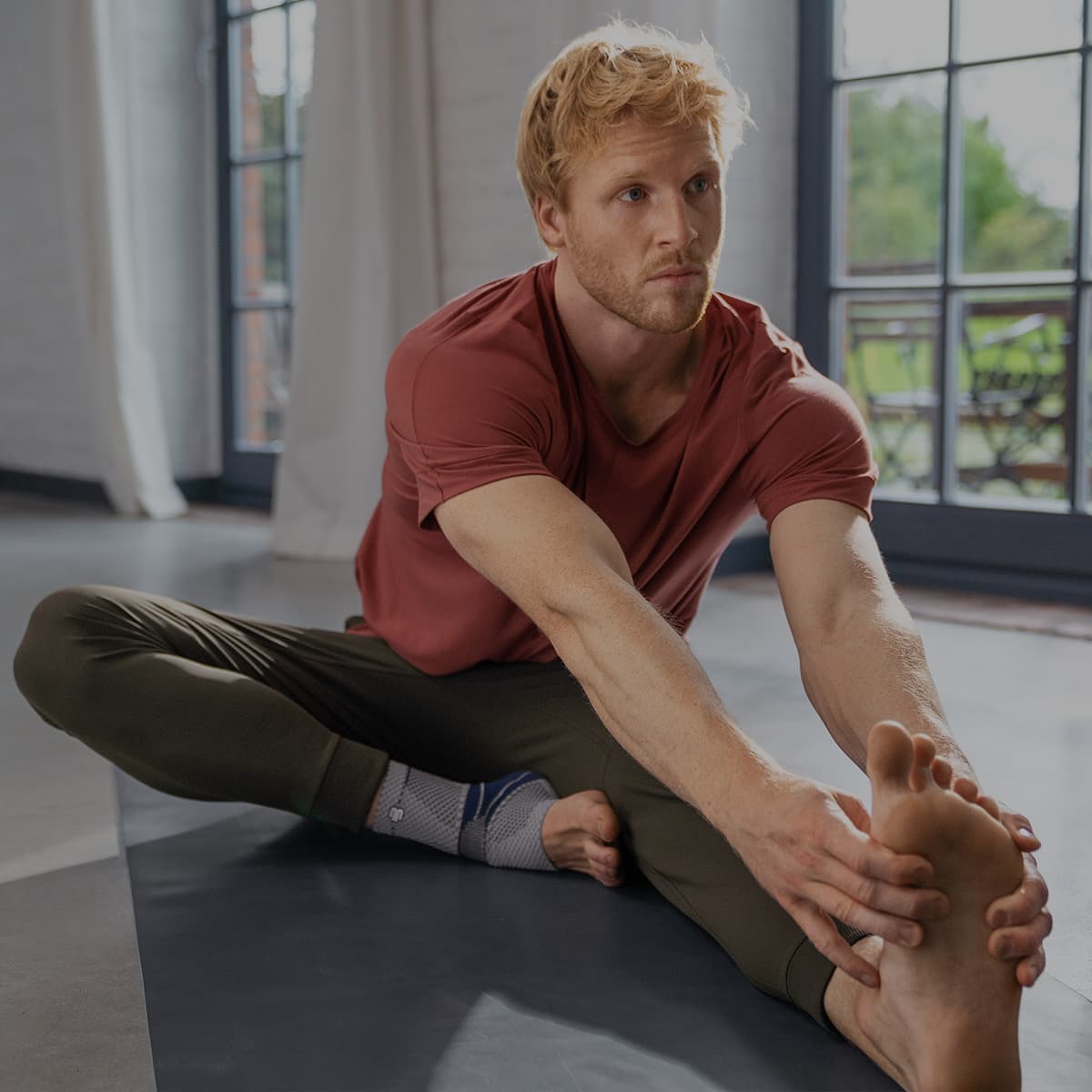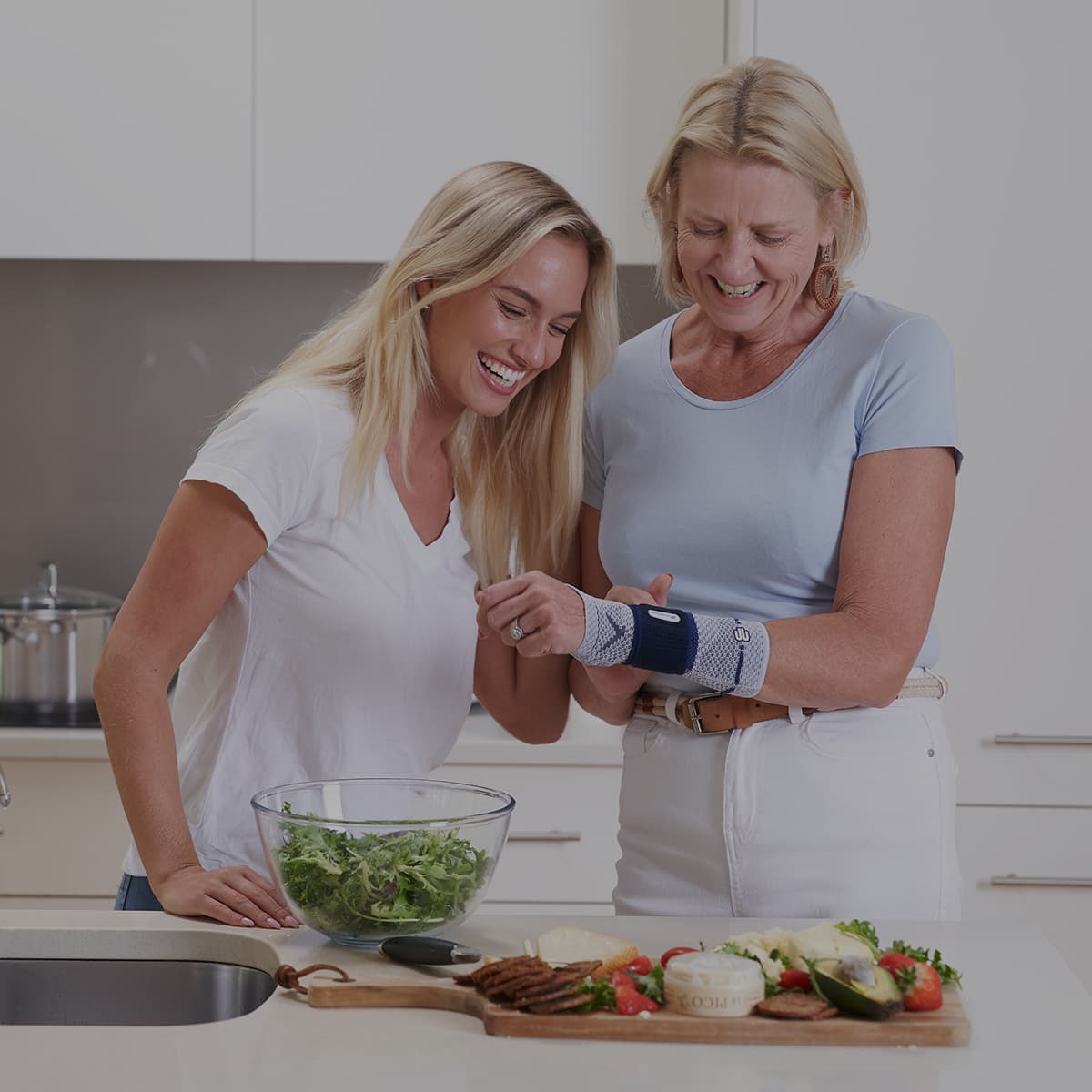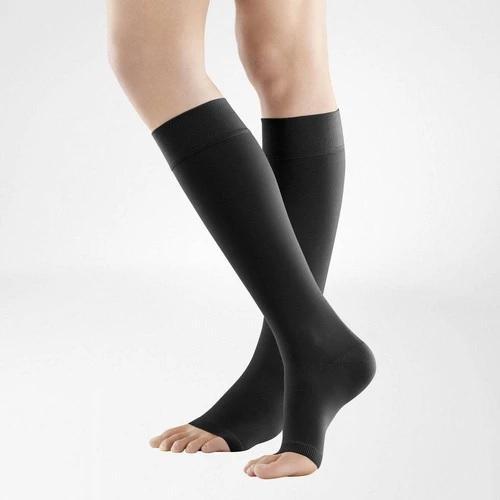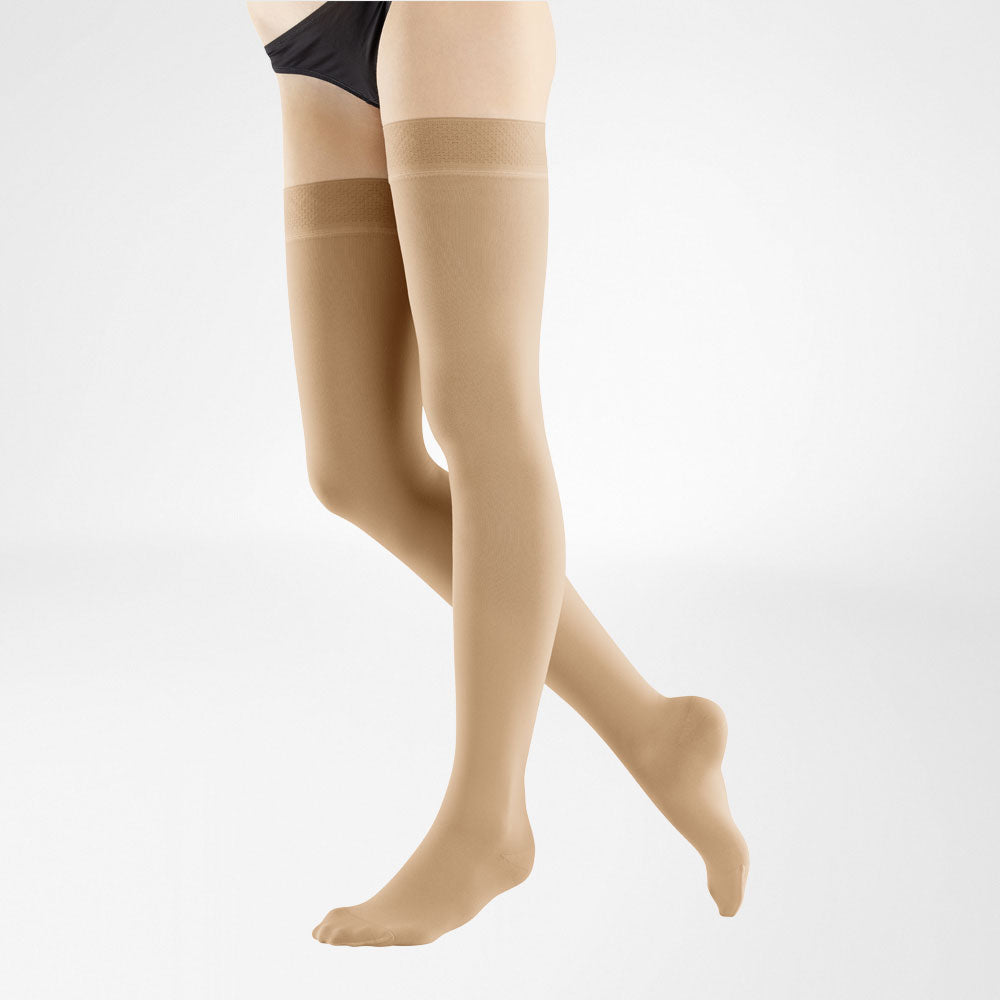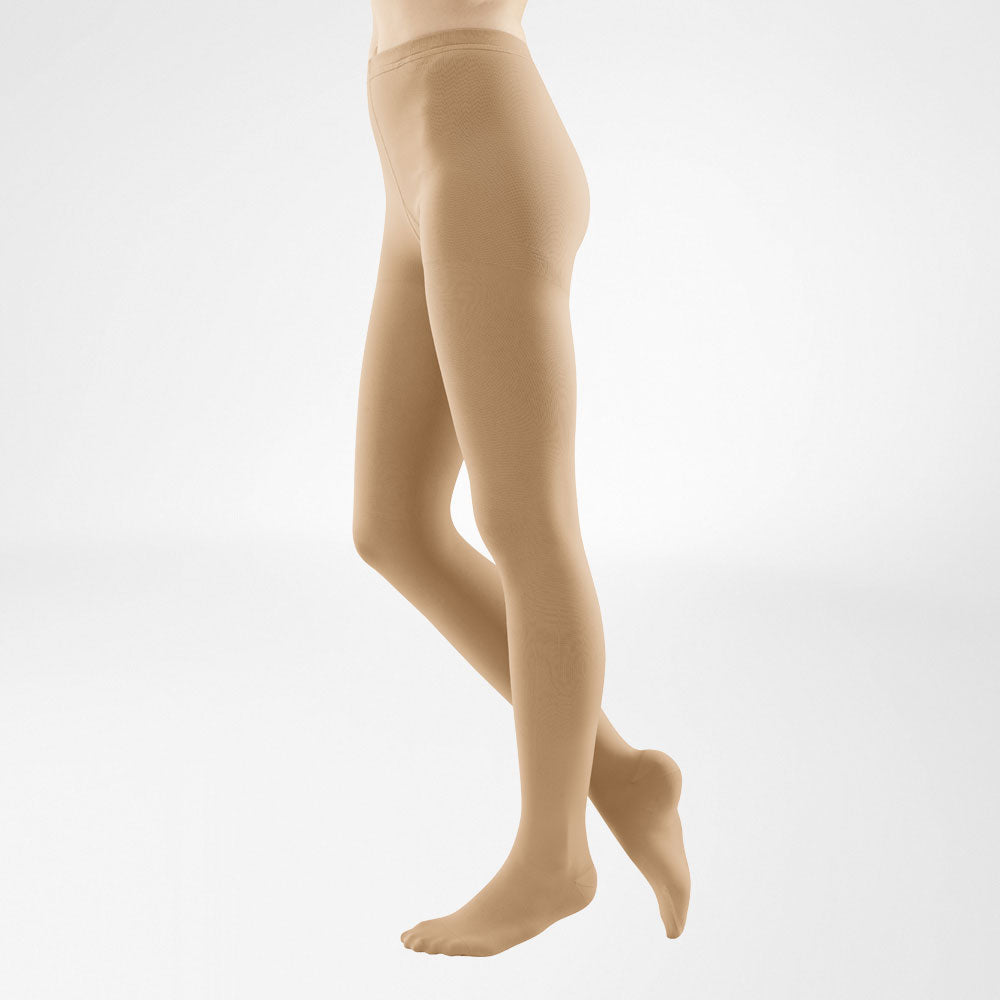Veins are sophisticated blood vessels that carry blood from the body to the heart. They drain impure or deoxygenated blood from the parts of the body and transport it to the heart.
Weakness in the venous valves results in the backflow of blood and accumulation of fluid in the legs. This results in a patient developing Chronic Venous Insufficiency or CVI.
Mild cases can be treated effectively; however, long-term neglect and progression of the condition can lead to the build-up of pressure, which can result in swelling.
A patient experiences severe discomfort and restricted mobility of the limb(s). In advanced cases, the tiny blood vessels might burst, leading to severe complications and risk of infection.
Causes of Chronic Venous Insufficiency (CVI)
Chronic venous insufficiency is a result of the malfunctioning of the venous valves in the lower legs. The weakened valves are unable to pump blood against the pull of gravity.
This leads to the blood sinking back and results in pools of blood being accumulated in the legs. Some of the most commonly known factors leading to weakness in the venous valves include:
- Pre-existing conditions or congenital defects that can lead to some patients having inherently weak venous vessels can lead to an increased risk of CVI.
- Leg Vein Thrombosis, also called Phlebothrombosis, is a condition where blood clots form in the vein and can increase the chances of CVI.
Inherently weak muscles in the lower legs result in weak pressure to push the blood against gravity. - Other factors, such as stressful and physically intense activity, can lead to the weakening of the blood vessel valves.
- Patients who spend a lot of time standing on their feet due to the nature of their work, such as those in the hospitality and retail industries, typically experience long-term stress on their feet.
- Being overweight or obese can lead to increased pressure on the legs, which can lead to the development of CVI.
CVI is especially common in women because their connective tissue is inherently weaker than that of men, making them more susceptible to developing the chronic condition.
Signs and Symptoms of Chronic Venous Insufficiency
Some of the most commonly known symptoms associated with chronic venous insufficiency, CVI, include:
- The first sign of a vascular problem like CVI is the appearance of Spider veins in the lower legs. These are clearly visible through the skin.
- There is an enlargement of these veins, which doctors often call varicose veins. Typically, these are thick, protruding blood vessels that can be felt externally.
- The veins are often very visible through the skin.
- Patients suffering from this condition often describe increased water retention, usually starting in the feet and rising to the lower legs, as heavy legs.
- As the disease progresses, there is a degradation in the strength of the veins that worsens over time.
- In severe cases, when pressure is applied to the skin, significant swelling and dents form in the swollen limbs. These tend to subside with time.
- Patients may develop dry and itchy skin in the affected area.
- The irregular blood circulation might have unforeseen impacts, like reduced healing in case of injury.
Diagnosis of Chronic Venous Insufficiency
A complete patient history and physical examination can allow a professional medical practitioner to gather key insights into the risk factors involved and the progression of the condition.
Physicians typically follow the CEAP (Clinical Findings) Classification to distinguish different stages of progression of the disease. The 6 different stages, which are highlighted with the following symptoms, include:
0: No visible signs of venous disease
1: Spider veins, telangiectasias (enlarged blood vessels), reticular veins (reticular veins that appear bluish through the skin)
2: Varicose veins with no evidence of CVI
3: Varicose vein with edema (water retention)
4: Varicose vein with trophic (tissue-related) skin changes
5: Varicose vein with healed ulcer (ulcer)
6: Varicose vein with pronounced ulcer (open leg)
It is highly recommended that patients seek medical attention at the first sign of symptoms associated with CVI. In the long term, patients are at risk of severe damage to their blood vessels, which may require surgery one day.
If blood flow is disturbed, this always has far-reaching consequences that can affect the entire body. However, early treatment and training can stop or at least slow down the course. An early diagnosis is the best prognosis.
Treatment for Chronic Venous Insufficiency (CVI)
Treatment for CVI is predominantly conservative. A physician focuses on relieving a patient’s symptoms and taking measures to slow and, in some cases, halt the progression of long-term degeneration. Some of the most effective measures include:
Changes in Lifestyle
It is highly recommended that patients consider weight loss. Reducing overall body weight can reduce the stress on the lower legs and thus relieve the blood vessels. Taking enough breaks to stretch between long hours of standing can help stretch the muscles and provide some relief from daily strains. Using stairs whenever possible can be a small daily lifestyle change that can help train the leg muscles for those with a busy work life.
Rehabilitation and Physiotherapy
Regulated physiotherapy, which helps with targeted muscle training, is a proven effective treatment path. Exercises can help promote muscle reorganisation and are the most effective way to curb the disease. Strong calf muscles help reinforce the lower legs, which support the push of blood towards the heart against the pull of gravity.
Prescribed Painkillers
In cases of inflammation in the legs, anti-inflammatory medication is also recommended to improve the patient’s symptoms. However, it can impact the patient's life in the long term.
Lymphatic Drainage Massage
Lymphatic drainage massage should stimulate the surrounding area and naturally encourage the drainage of lymph fluid to alleviate symptoms.
Compression Therapy
Compression therapy is the gentle application of pressure on the affected area using medical compression stockings. Compression stockings, like the VenoTrain range, can significantly improve a patient’s quality of life. Regular use of compression stockings is instrumental in preventing the progression of CVI. The compression helps encourage the flow of lymph fluid out of the affected legs and can significantly reduce swelling. They also help provide enough pressure for the blood to flow normally.
Surgical Intervention
In cases of malformations or blockage of the blood vessels due to ruptured blood vessels after years of over-stressing, surgery is necessary. The veins are too far compromised to be treated conservatively.
For example, doctors might use radiofrequency (RF) vein ablation, a technique in which a catheter uses microwave radiation to seal up compromised veins.
Chronic Venous Insufficiency Pain Management
VenoTrain Compression Stockings
Medical compression stockings, like the VenoTrain range, are precisely tailored to the requirements of weakened veins. The supportive aid can be instrumental in both preventative and treatment paths.
The stockings help in pain relief from the moment initial symptoms of CVI manifest, and can help prevent long-term risks of progression.
The microfibers in the stockings help with medical-grade compression on the legs and promote healthy blood circulation through the limbs.
In the case of vein diseases that have already occurred, medical compression stockings help in avoiding complications.
Bauerfeind compression stockings are custom-fitted to the patient. They help stabilise the limb and promote lymphatic drainage. Regular use of compression stockings has proven beneficial in managing the condition.

